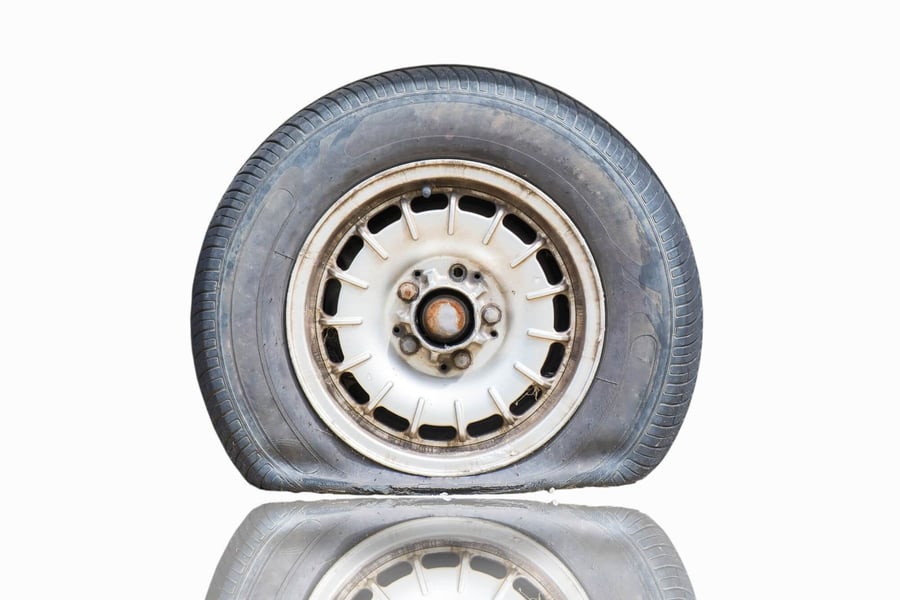
5 Tire Wear Patterns to Look For
Did you know that only one in five car owners drives with properly-inflated tires?
That’s right! As for the rest, they’re driving — and wasting money — on underinflated tires!
But that’s not all. Driving on “bad” tires, including those with incorrect pressure, could be deadly. In fact, tire-related crashes killed as many as 738 people in the U.S. in 2017 alone.
For that reason alone, you should always be monitoring tire wear patterns. This lets you detect any abnormal wearing on your tires, which could tell you it’s time for new rubber.
Ready to learn all about the tire wear signs you should be on the lookout for? Then keep reading, as we’ve rounded up five of the most common!
1. Inner Edge Wear
A problem with your tire camber can cause its edges to wear faster than the rest. “Camber” is the inward and outward alignment of a tire that points straight ahead. It refers to the “straightness” of the tire with the weight of the entire vehicle on it.
Improper tire or wheel alignment can knock out your camber of its correct adjustment. This usually occurs when you often drive over potholes. If this happens, your tire can develop a “negative camber”, which forces the bottom of the tire to lean outward.
From here, the inner edges of your tires get the most contact and friction with the road. This then results in noticeable inner tire wear.
2. Outer Edge or Side Wear
Wearing on the outer sides of your tires signal underinflation. Meaning, the pressure inside is lower than what the tire manufacturer specifies. This increases the contact area of the edge of the tires while reducing that of the inner area.
So, the edges of the tire carry most of the load of the vehicle. Over time, this causes excessive tire wear, but only on the edges.
3. Center Wear
Overinflation can cause a tire tread wear pattern to develop only in the center area of a tire. Too much pressure can “lift” the sides of a tire, so only the middle part comes into contact with the ground. Since the sides don’t get “used” at all, they will appear intact.
4. Feathering or Scuffing
This type of tire wear pattern isn’t easy to see, so make sure you use your fingers to detect them. Run your hand over each tire to check any uneven wearing on each individual tread. If part of it feels smooth while the other feels sharper, then you have a feathering problem.
5. Scalloping or Cupping
Tire cupping looks like parts of the tread got “scooped” out of the tread. They look like scallops, averaging three to four inches in size, and can appear on the edges or the center of the tire.
Scalloping is often due to a poor suspension system or failing shock absorbers. That’s because both problems cause the wheels to bounce too much. This then leads to the tires not touching the ground evenly.
Excessive Tire Wear Patterns Mean It’s Time for a Rubber Upgrade
There you have it, the five most common tire wear patterns you should never ignore. If you notice any of these signs, it may be high time to get them changed. Worn tires put you at a much higher risk of a tire blowout that can lead to serious accidents.
We can help you get those new installed as soon as possible. Shoot us a message or give us a call now so we can replace those tires and make your ride safer!
